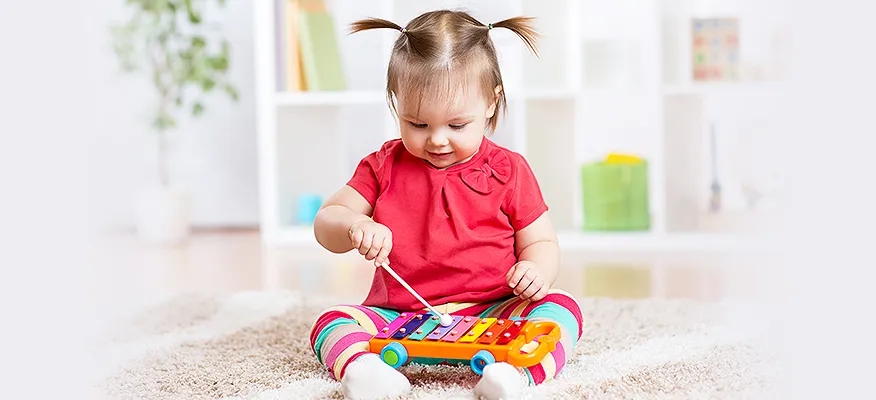20 Best Sensory Activities For Toddlers And Babies (0-18 Months)
- By Dr. Pakanich Maria Petrivna
- 13 Nov 2024

Key highlights or summary
- Sensory play stimulates touch, smell, taste, sight, and hearing.
- It supports cognitive, motor, and language development in babies and toddlers.
- Engaging in sensory activities can improve problem-solving and social skills.
- Simple, everyday activities can provide rich sensory experiences.
- A diverse range of sensory activities can enhance emotional regulation and creativity.
Rate our article
We'd love to know!
- 0
- 0
- 0
- 0
- Significance of Sensory Activities among Toddlers for Sensory Skills Development | Environment-Behaviour Proceedings Journal
- (PDF) Multi-Sensory Activity in Early Childhood Education: Teachers' Perception on The Importance of Activity Implementation
- Exploring the Benefits of Sensory Play for Children
- Effectiveness of Sensory Integration Interventions in Children With Autism Spectrum Disorders: A Pilot Study
Related articles
See AllFrequently asked questions
Get the information you need.
To help kids with sensory issues, create a sensory-friendly environment by minimizing overwhelming stimuli. Use calming techniques like weighted blankets, fidget toys, and sensory bins. Occupational therapy can provide personalized strategies. Maintain a predictable routine to reduce anxiety and offer plenty of positive reinforcement.
Appropriate sensory stimulation for an infant involves engaging them in activities that stimulate their senses without overwhelming them. Simple activities like tummy time, gentle massages, soft music, and exposure to different textures are ideal. Always observe the infant's reactions and adjust the level of stimulation accordingly.
To help sensory-seeking toddlers sleep, establish a calming bedtime routine that includes activities like a warm bath, gentle rocking, and soft music. Provide a comfortable sleep environment with minimal distractions. Consider using weighted blankets or body socks to provide a sense of security and calm
Sensory development in infants refers to the process by which they learn to interpret and respond to sensory stimuli from their environment. This includes the development of their five senses—sight, hearing, touch, taste, and smell—as well as proprioception (body awareness) and vestibular (balance) senses.
Sensory stimulation is important for infants because it promotes brain development and helps build neural connections. It supports cognitive, motor, and emotional growth, and helps infants understand and interact with their environment. Sensory experiences also aid in developing language skills and social interactions.
At 5 months old, infants typically show improved visual tracking, where they can follow moving objects with their eyes. They may also start reaching for objects, demonstrating hand-eye coordination. Additionally, they often respond to sounds by turning their heads, indicating developing auditory skills.
Some kids have sensory issues due to differences in how their brains process sensory information. These differences can be associated with conditions like autism spectrum disorder, ADHD, or sensory processing disorder. Genetics, prenatal conditions, and environmental factors can also play a role in the development of sensory issues.
How was the experience with article?
We'd love to know!